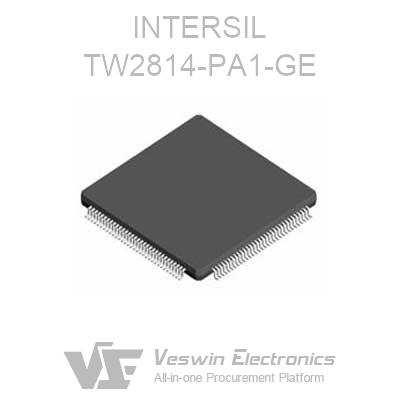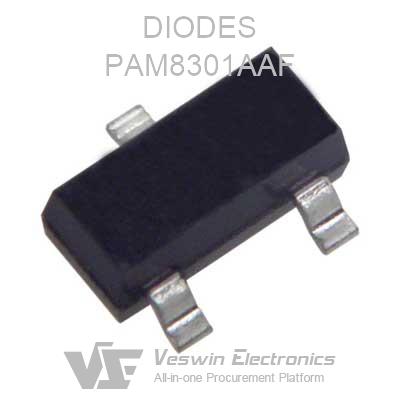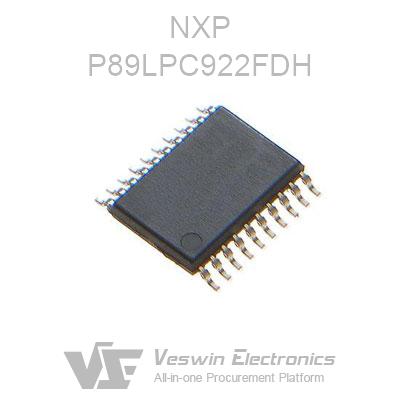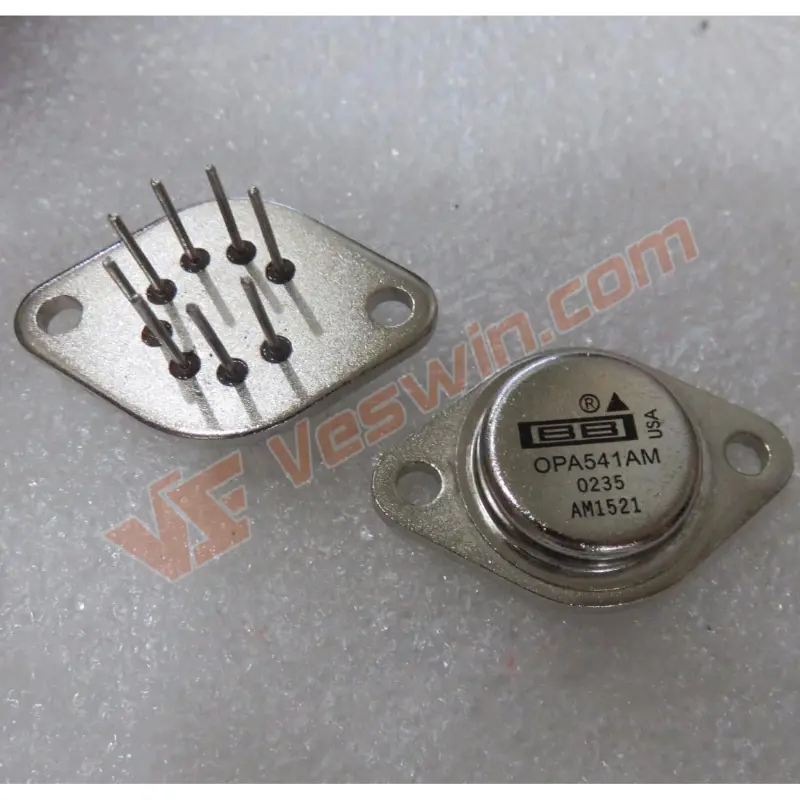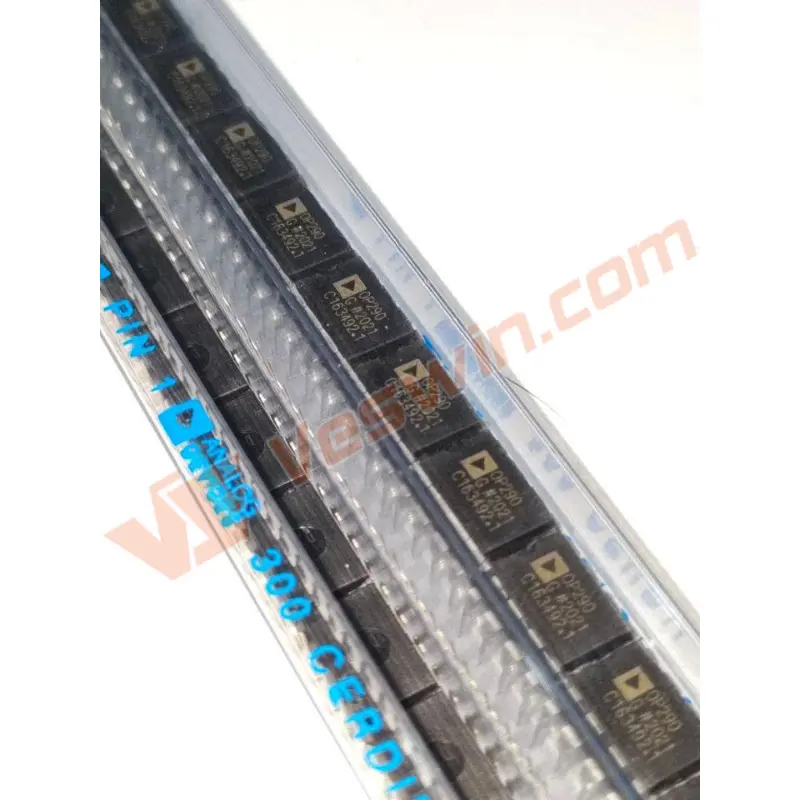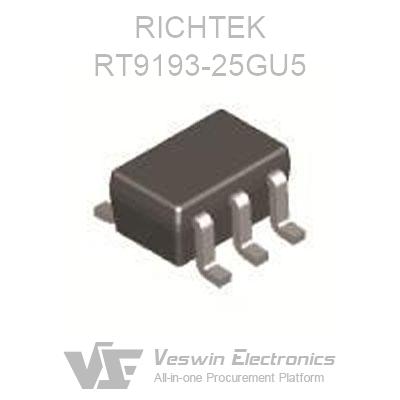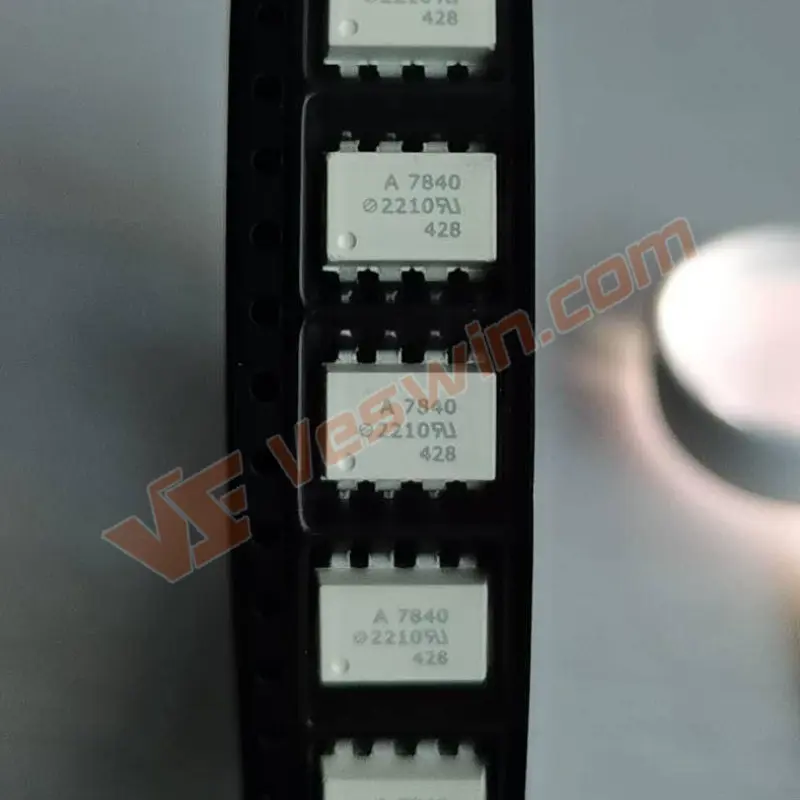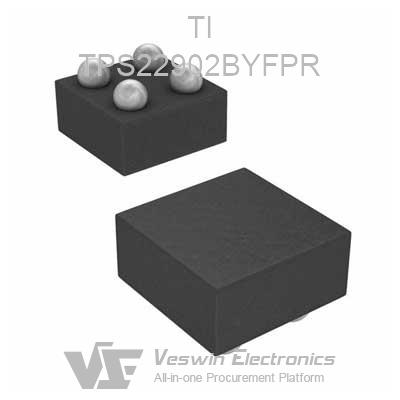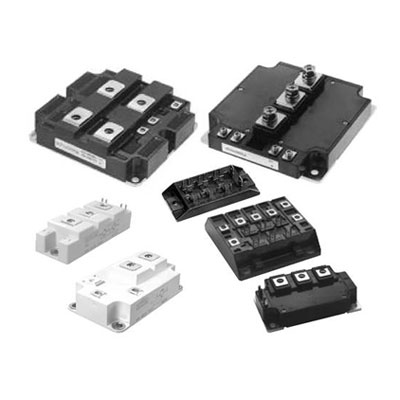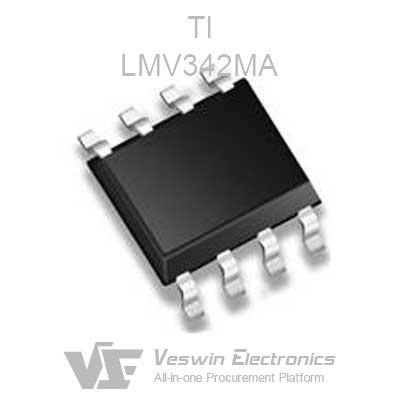This article clearly points out the humidity-related issues in printed circuit boards. This is an accurate article on reducing the effects of moisture on any type of printed circuit board. From material fusion, PCB layout, prototyping, PCB engineering, assembly to packaging and order delivery, attention should be paid to the effects of moisture in PCB manufacturing to avoid damage and other issues with PCB functionality. In addition, let us delve into the important steps in controlling the humidity level during the lamination process, the controls implemented during PCB assembly and control storage, packaging and shipping.
Rigid/flexible printed circuit board assemblies, cable bundles, boxed assemblies or harness PCB assemblies are made from a variety of materials that are fully compatible with the mechanical and electrical properties required for the mechanical and electrical properties of electronics used in all major industries worldwide. . It requires high frequency, low impedance, compactness, durability, high tensile strength, low weight, versatility, temperature control or humidity resistance. The PCB is divided into single layers, double layers or multiple layers, depending on the complexity circuit. Among all the serious problems that should be noted in the initial stages of PCB manufacturing, humidity or humidity is a major factor that creates space for electrical and mechanical failures in PCB operation.
By being present in the epoxy glass prepreg, it diffuses in the PCB during storage, and upon absorption, moisture can form various defects in the PCB assembly. The wet process time in the PCB manufacturing process exists in micro cracks or can form a home in the resin interface. Since the high temperature and vapor pressure are parallel to the quadrilateral structure in the PCB assembly, moisture absorption is caused.
As the adhesive and cohesive failures in the printed circuit board cause delamination or cracking, moisture can make metal migration possible, resulting in a low impedance path with varying dimensional stability. As the glass transition temperature decreases, the dielectric constant increases, and the like, more damage, which causes a decrease in circuit switching speed and a high propagation time delay.
The main effect of moisture in the PCB is that it reduces the quality of metallization, lamination, solder mask and PCB manufacturing processes. Due to the influence of moisture, the limit of thermal stress is excessive as the glass transition temperature is lowered. Sometimes it can also cause severe short circuits, causing moisture to enter, causing ionic corrosion. Other common attributes of hygroscopicity in printed circuit board assemblies include flame retardancy or delamination, increased (DF) dissipation factor and (DK) dielectric constant, thermal stress on plated through holes, and oxidation of copper.
Regardless of whether PCB manufacturing is simple or complex, there are many operations in PCB engineering that require a wet process and remove residual moisture. The raw materials used in PCB manufacturing need to be protected during storage, handling and handling of stress during PCB assembly. The following is a brief guide to implementing control at various stages of PCB operation:
laminated
Lamination is a dewatering step in PCB fabrication because the core and prepreg are stacked together to bond the layers to the laminate. The main factors controlling during the lamination process are temperature, time used and heating rate. Sometimes when the dryness is low, measures are taken to reduce the degree of vacuum to reduce the possibility of attracting internal voids that are absorbed by moisture. Therefore, the degree of moisture can be well controlled by the use of gloves when handling prepregs. This reduces cross-contamination. Non-corrosive humidity indicator cards should be flexible to address humidity levels when needed. The wash cycle of the laminate should be short and efficient to store in a controlled environment, which helps prevent the formation of moisture pockets in the laminate.
Post lamination process and PCB assembly
After drilling, photographic imaging and etching operations in PCB fabrication, the moisture absorption rate captured in the wet process is higher. Screen printing curing and solder mask baking are processed steps to mitigate entrained moisture. This is more effective in reducing the level of moisture uptake by minimizing the hold time interval between steps and even enthusiasm for managing storage conditions. By ensuring that the board is dry enough in the early stages of PCB lamination, it can help reduce post-lamination baking operations. In addition, high quality surface treatment is used to prevent cracks during the drilling process, and the moisture of the residue is removed by baking before the hot air solder leveling process. The baking time should be maintained by considering the determined level of moisture content, the complexity of the PCB manufacturing, the PCB surface treatment and the sufficient thickness required for the board.
Therefore, understanding the latest developments in results is critical to moisture in PCB manufacturing to avoid failures, damage and short circuits on the PCB, while increasing rework costs. Now, researchers are about to introduce more advanced solutions that save time, energy and cost by using environmentally friendly PCB technology to control moisture in every step of PCB manufacturing.
Hot News
